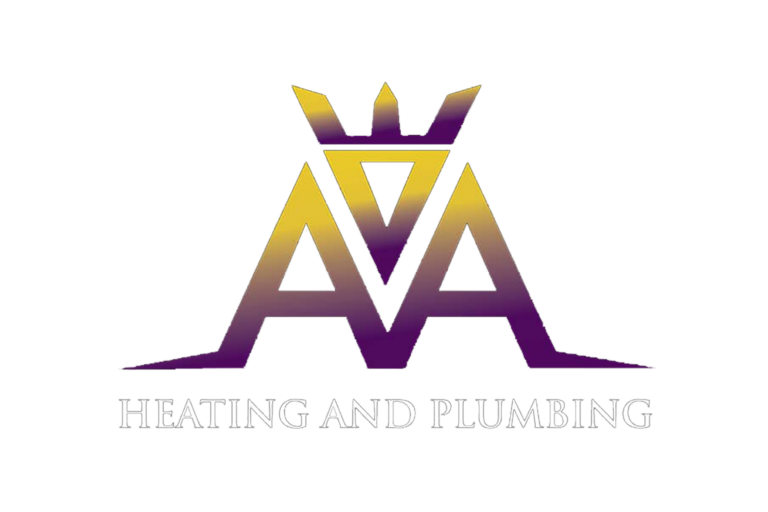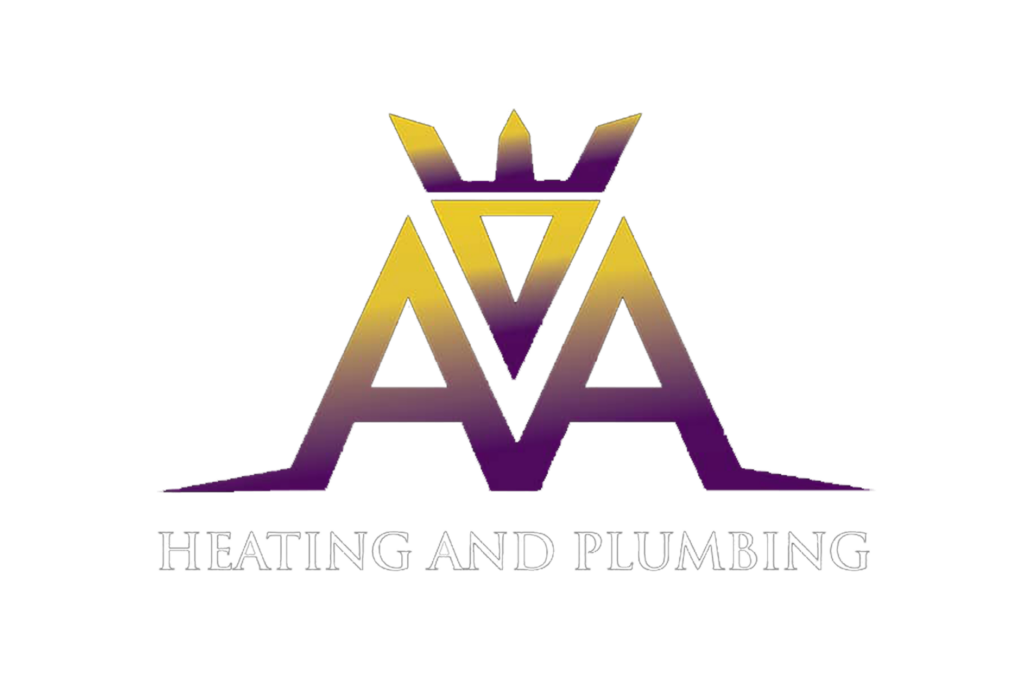Toilet Leaks, Repairs, and Replacements
Toilet leaks are not just a nuisance; they represent a significant risk of water waste and potential damage to your home. Understanding how to detect and address common toilet issues is crucial for keeping your bathroom in top condition.
Identifying Toilet Leaks
Detecting a toilet leak often begins with hearing the sound of running water when the toilet is not in use or noticing a higher than usual water bill. Another common sign is seeing water on the floor around the toilet, which can indicate a leak from the tank, supply line, or at the base.
Common Causes of Toilet Leaks
Toilet leaks can occur for a variety of reasons. A worn-out flapper in the tank could allow water to flow continuously, or a loose or damaged supply line might leak. Cracks in the tank or bowl are serious issues that can cause significant leakage. An old wax seal under the toilet base that fails will also lead to water escaping onto the floor.
DIY Fixes for Simple Toilet Leaks
Minor leaks such as those from a faulty flapper or a loose supply line might be fixable on your own. You can replace the flapper to stop water from overflowing or tighten the supply line connections to stop leaks. Replacing the wax seal involves removing the toilet, which can be done if you’re comfortable with basic plumbing tasks.
When to Call a Professional Calgary Plumber
It’s time to call in a professional if you discover cracks in the porcelain, if the leak continues despite your efforts to fix it, or if there is water damage to the floors or ceilings around the bathroom. These scenarios indicate more complex problems that require professional attention.
Choosing Between Repair and Replacement
The decision to repair or replace a toilet depends on several factors, including the age and efficiency of the toilet and the cost implications of both options. Older toilets that frequently need repairs might be more economically replaced with a new, more efficient model.
What to Expect During Toilet Replacement
Professional replacement of a toilet involves removing the old unit and installing a new one, ensuring it integrates seamlessly with your bathroom’s plumbing. The new installation will be tested to confirm there are no leaks and that the toilet operates correctly.
Preventing Future Toilet Issues
Regular maintenance of your toilet can prevent future issues. Check the internal components annually and replace parts that are worn out to keep the toilet functioning well. Regular checks will help you catch leaks early and address them before they lead to bigger problems.
Addressing toilet leaks swiftly and effectively is key to preventing larger issues. Whether you repair the leak yourself or opt for professional replacement, timely action can save water and protect your home from damage.
If you are uncertain about handling a toilet leak or if you need a replacement, contact our professional plumbing services. We’re here to help ensure that your plumbing needs are handled efficiently and professionally. Visit our website or give us a call to schedule an appointment.
Frequently Asked Questions
To adjust the water level in your toilet tank, you can tweak the float on the fill valve. If your toilet uses a ball float, simply bend the float arm up or down to change the water level. For newer models with a cylindrical float along a vertical rod, adjust the clip or screw that connects the float to the rod.
If your toilet runs continuously, it’s likely due to a problem with the flapper or the fill valve. First, check the flapper at the bottom of the tank to ensure it’s not worn or warped. If the flapper looks good, inspect the fill valve for signs of malfunction or adjust the float to ensure it stops the water at the correct level.
A leak between the tank and the bowl typically involves the gasket or the bolts that hold the tank to the bowl. First, shut off the water at the shut-off valve and drain the tank. Tighten the bolts securing the tank to the bowl. If the leak persists, you may need to replace the gasket. Remove the tank, replace the gasket, and reassemble, ensuring everything is snug and aligned.
To remove a toilet, start by shutting off the water at the shut-off valve near the toilet. Flush the toilet to drain water from the tank and bowl. Disconnect the water supply line, and then use a putty knife to remove any caulk at the base. Unscrew the bolts that anchor the toilet to the floor, lift the toilet straight up, and move it away. Stuff a rag into the drain opening to prevent gases from entering the room and to keep tools from falling in.
Replacement parts for toilets can typically be found at any hardware store. Before you go, know the brand and type of toilet you have, as well as the specific parts you need, such as a fill valve, flapper, or gasket. Taking the old part with you can help ensure you get a compatible replacement.
Consider replacing your toilet if it requires frequent repairs, has cracks in the porcelain, or is inefficient in its water use. If your toilet’s issues are simple, like a worn flapper or a faulty fill valve, repairs might be sufficient. Assessing the overall condition and age of the toilet can help you decide.
Replacing a shut-off valve is a task that can be done by a DIYer with some plumbing experience. First, turn off the main water supply. Remove the old valve by unscrewing the compression nut that connects the water line. Install the new valve by sliding on the compression nut, threading it onto the new valve, and tightening it securely. Turn the water back on and check for leaks.
The overflow tube in a toilet tank prevents water from overflowing the tank if the fill valve fails to shut off. It diverts excess water into the bowl, preventing potential leaks or water damage.


